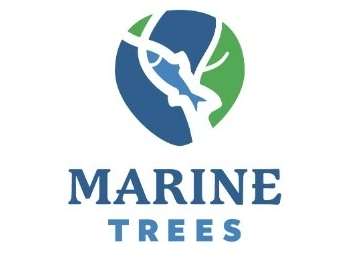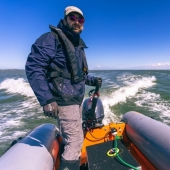About the speaker:
Jon Dickson recently completed his PhD at the Royal Netherlands Institute for Sea Research, where he invented tree-reefs and led the first successful large-scale deployment of these reefs as new artificial reefs. His research laid the foundation for Marine TREES, a marine restoration company dedicated to innovative ecosystem recovery. Jon’s background includes working as a wildfire fighter in Canada, a polar guide in Greenland, Canada, and Antarctica, and studying living breakwaters in Iceland.
Company info:

Marine Trees has grown out of a highly successful marine restoration project at the Royal Netherlands Institute for Sea Research. Marine Trees specializes in creating cost-effective biodegradable wooden reefs to mimic historic sunken driftwood for marine restoration, biodiversity enhancement, coastal defence, and living shorelines.
Presentation:
Sunken driftwood provides a host of ecosystem services including provision of substrate for shellfish and seaweed, as well as habitat for fish. Driftwood used to move from rivers to sea in vast amounts prior to landscape domestication; this wood export has largely been nullified by human activities. In the Dutch Wadden Sea, introduction of wood structures as artificial reefs in a three year experiment-turned-restoration-measure has seen fish populations increase sixfold alongside an increase in biodiversity. Furthermore, crab populations have been lowered by 60% near the tree-reefs, allowing greater shellfish survival. This has the overall effect of enhancing trophic complexity, increasing biodiversity, and lowering pest populations. The cost-effective methods and natural material of tree-reefs permits scalable and effective creation of reefs to facilitate predatory fish populations with cascading ecosystem benefits.



